Walking under the canopy of the vast, green ancient forest, the story of the "Ma Da mountain land" during the heroic years of resistance is recreated through the story of Mr. Nguyen Van Ha, Director of the Center for Ecology, Culture and History of War Zone D in Dong Nai Nature and Culture Reserve.
The steadfast revolutionary "fortress"
As a forest lover, attached to the forest for many years, Mr. Ha started the story with the lyrics: "Who has passed through the red-soil Eastern forest/ Heard the blood spilled and dyed it pink many times...", then he said: "Ma Da forest has the typical characteristics of "forests covering soldiers, forests surrounding enemies". This place witnessed many legends of the land and people of War Zone D. Through research on many historical documents, it is shown that: After the Dong Khoi Movement in 1960, to ensure leadership and direction of the revolutionary movement in the South, the 3rd Conference of the Party Central Committee (term III) decided to establish the Central Office for the South, with a base in War Zone D, the center located in Ma Da forest (now in Phu Ly commune, Vinh Cuu district). This is the place to build the headquarters, resistance forces and transmit the instructions of the Southern revolution.
On October 10, 1961, the first conference of the Central Office for Southern Vietnam took place in Ma Da, establishing and perfecting the leadership apparatus; 12 advisory agencies for the Central Office leadership. At that time, in the "wild forest and poisonous water", there were only walking trails, no roads, making travel very difficult. The French colonialists and then the American imperialists had modern means of war but it was still very difficult to land troops to occupy Ma Da. Therefore, American military researchers once assessed: "War Zone D remains, Saigon falls".
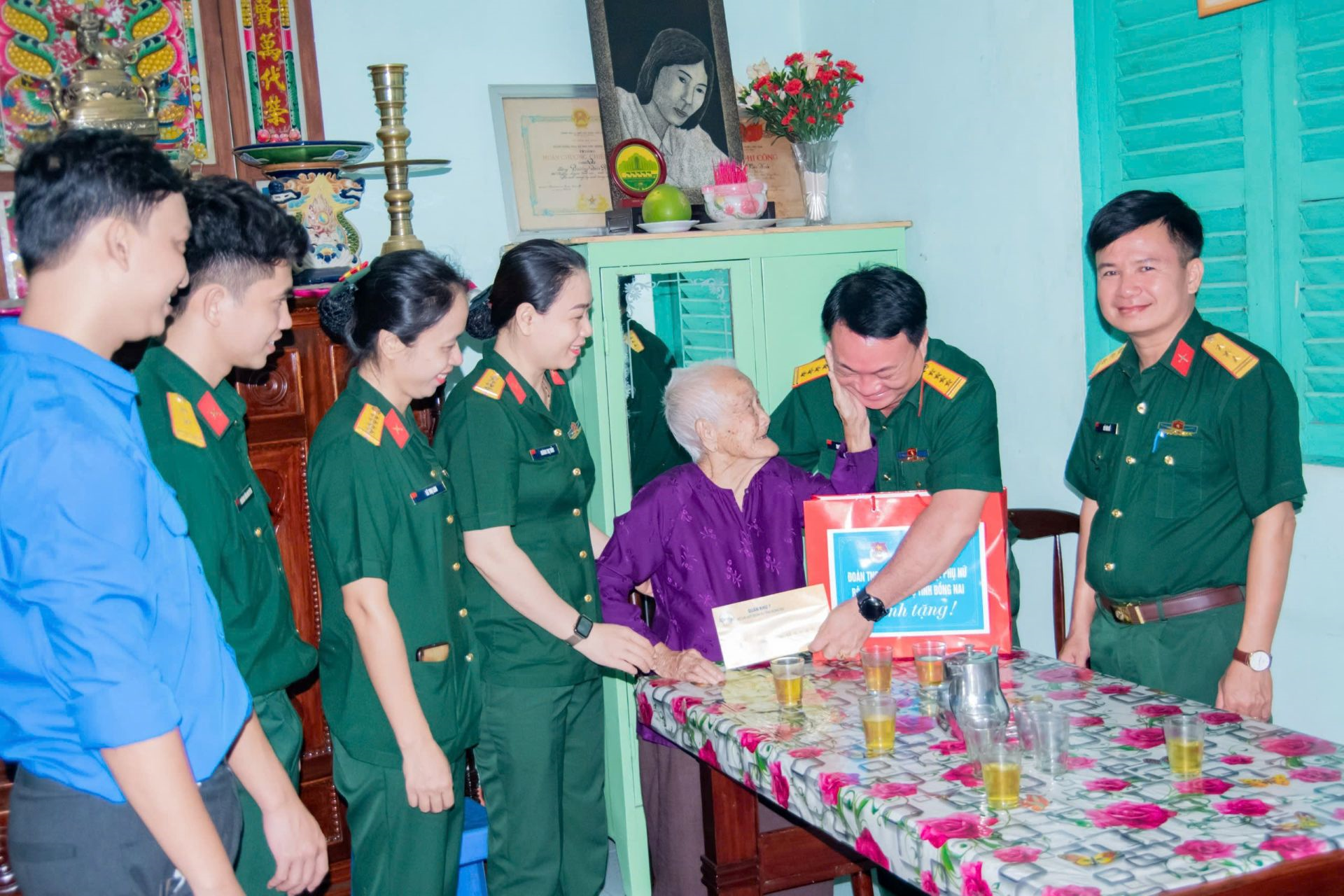 |
Representatives of the Political Department, Dong Nai Provincial Military Command pay tribute to the families of policy beneficiaries in the old war zone. |
During the resistance war against the US to save the country, War Zone D became an important base of the Liberation Army of South Vietnam, the headquarters of the Regional Command and the revolutionary leadership agencies in the South. This place was also a gathering point for the armed forces, providing logistics, training cadres, training troops and developing new military branches; a place to produce weapons, ammunition and organize major military campaigns across the Southeast battlefield. War Zone D was also an important rear base supporting major battles in the Central Highlands, the Mekong Delta and Saigon. In the victories: Tua Hai, Binh Gia, Dong Xoai, shelling Bien Hoa airport... and the historic Ho Chi Minh Campaign, the army and people of War Zone D played an important role in supporting major campaigns and directly participating in battles in the Southeast, contributing to the final victory of liberating the South and unifying the country.
As stated by Associate Professor, Dr. Ha Minh Hong, Vice President of the Ho Chi Minh City Historical Science Association: In the midst of the resilient Southeast region, War Zone D stands out as a steadfast revolutionary “fortress”, a place that fostered the patriotism and indomitable fighting spirit of our army and people. From the early days of the difficult resistance war, War Zone D affirmed its role as a strategic base, the center of the people’s war and the place that created glorious victories, contributing to writing the golden history of the nation.
New life
The base area of War Zone D was heavily affected by the destruction of bombs and bullets from the war. The country was liberated, and the leaders of Dong Nai province were struggling to find ways to improve people's lives, combining the conservation of Ma Da primeval forest and promoting the value of historical relics to educate the younger generation about revolutionary traditions. According to comrade Phan Van Trang, 94 years old, former Secretary of Dong Nai Provincial Party Committee: Since 1986, each household of the Cho Ro ethnic minority in War Zone D has had the province build houses, dig wells, and provide 1 hectare of agricultural land.
10 years later, Vinh An Forestry invested in the entire lighting system for each household; recruited many people to work as workers in the forestry. In particular, implementing the project to build sustainable ethnic minority villages, in 2005, the Military Region 7 Command and Dong Nai province deployed the construction of 64 new houses for poor households, 40 sanitation facilities, traditional long houses, clean water supply stations, lighting and more than 2.2 km of asphalt roads to develop the economy and stabilize the lives of people in the revolutionary base area. However, to ensure long-term stability, the Provincial People's Committee directed the establishment of Vinh Cuu Nature Reserve and Monuments (now Dong Nai Nature-Cultural Reserve).
Since its establishment, the Reserve has carried out many activities to promote forest economic development, connect tourism routes to the source, coordinate to take care of people's lives and preserve and promote the historical and cultural values of the D War Zone. The Dong Nai Provincial Military also joins hands to take care of policy families, protect the environment and promote the historical values of the "red address".
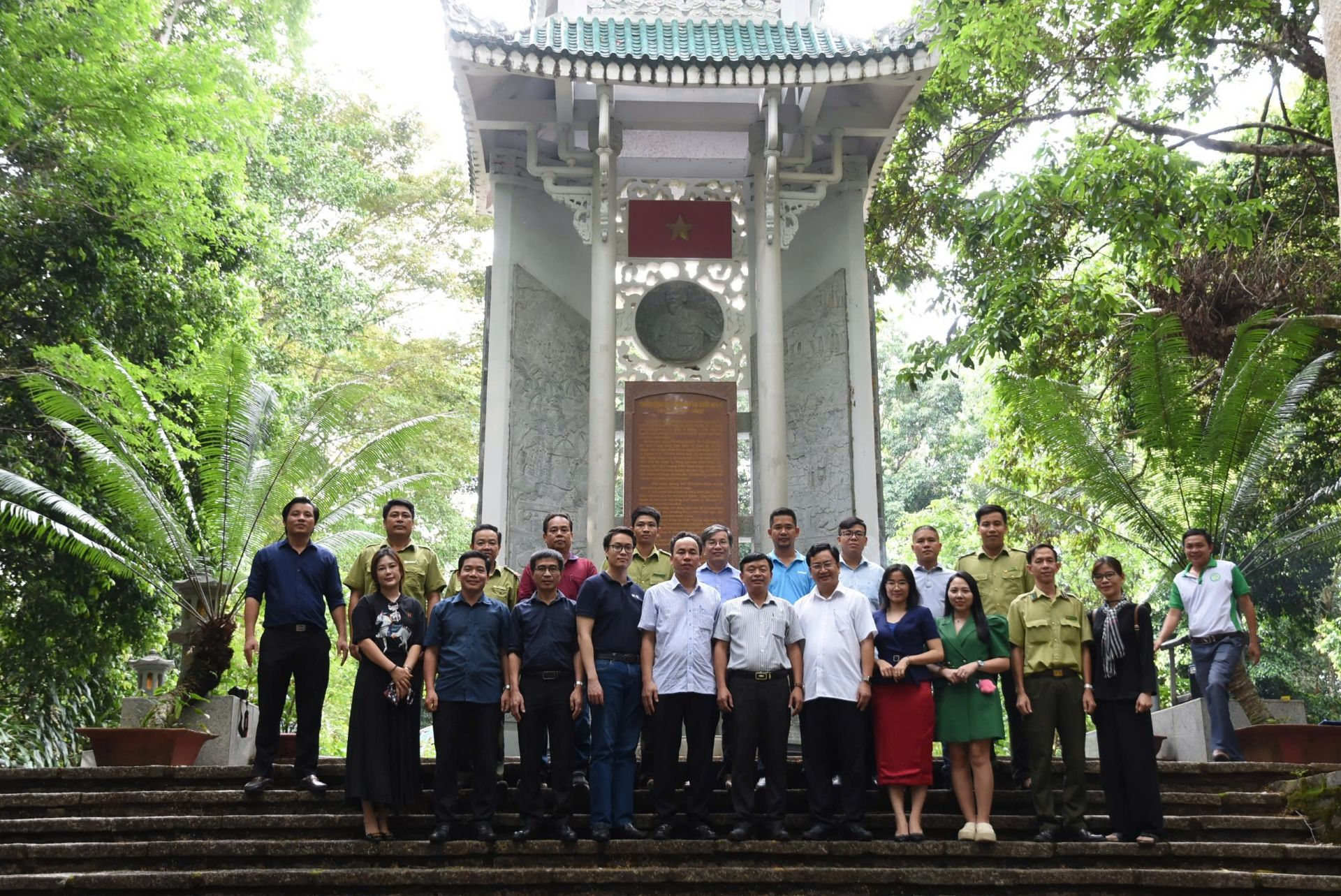 |
| Tourists visit the memorial site at War Zone D (Dong Nai). Photo provided by Dong Nai Nature and Culture Reserve |
With the policy of promoting the tourism industry associated with historical and cultural sites, at the end of 2023, the People's Committee of Dong Nai province approved the Project on eco-tourism, resort and entertainment of Dong Nai Nature and Culture Reserve, period 2021-2030. The implementation of the project has brought a "new wind", creating many changes for Dong Nai eco-tourism, culture and history, of which Chien Khu D is a highlight.
On the road of bougainvillea flowers blooming in pure pink and white throughout the mountains and forests of Chiến khu Đ, Dr. Nguyen Hoang Hao, Director of the Đồng Nai Nature and Culture Reserve, shared: "The Board of Directors of the Reserve directs the organization and hosting of many useful programs and activities to attract tourists to visit, experience, and learn about history and culture; actively explore and innovate unique tourism products, creating highlights in each connecting tour to promote the historical and cultural values of Chiến khu Đ. We are determined to realize the poetic idea of poet Huỳnh Văn Nghệ: "The mountains and rivers joyfully change their colors/ The blue streams sing a string of pearls" so that Chiến khu Đ will forever shine as a symbol of the steadfastness and indomitability of the Vietnamese people.
Article and photos: CHAU GIANG
Source: https://www.qdnd.vn/phong-su-dieu-tra/phong-su/suc-song-moi-o-vung-chien-khu-d-826236



![[Photo] Bustling construction at key national traffic construction sites](https://vphoto.vietnam.vn/thumb/1200x675/vietnam/resource/IMAGE/2025/5/2/a99d56a8d6774aeab19bfccd372dc3e9)

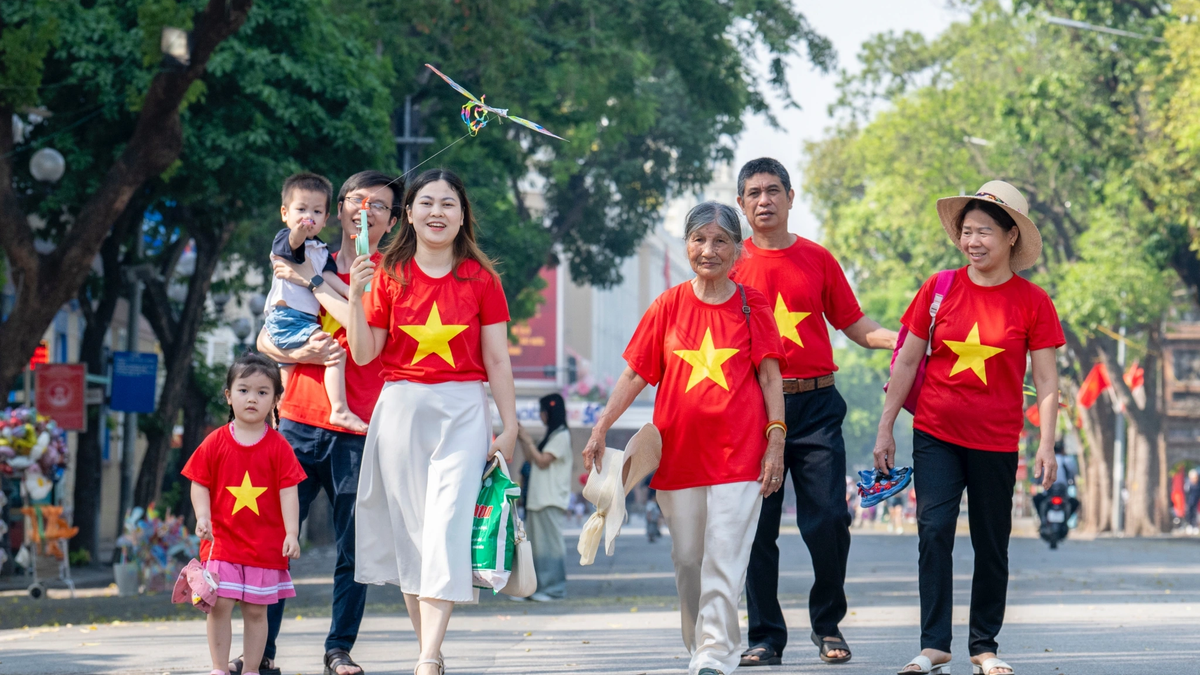



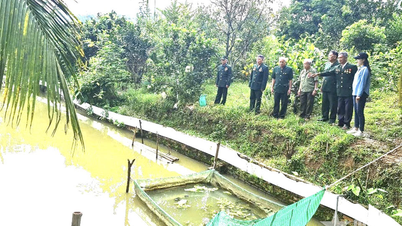
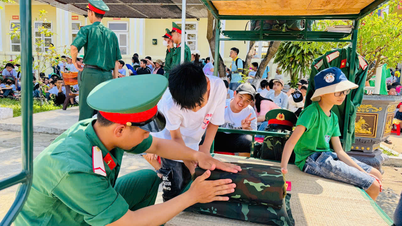
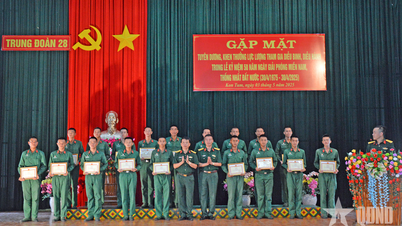
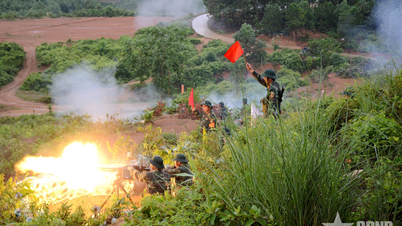





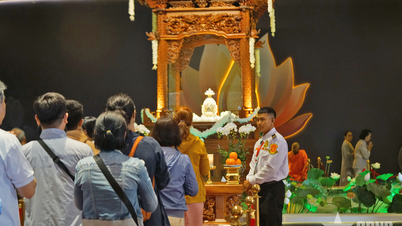
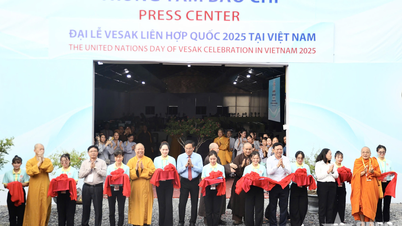

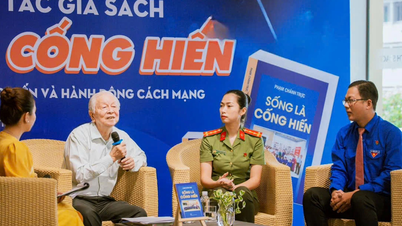

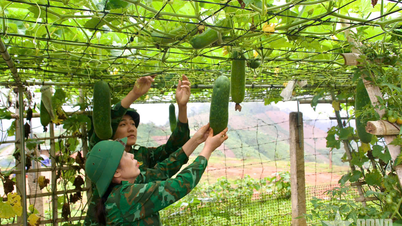

![[Photo] "Lovely" moments on the 30/4 holiday](https://vphoto.vietnam.vn/thumb/1200x675/vietnam/resource/IMAGE/2025/5/1/26d5d698f36b498287397db9e2f9d16c)
![[Photo] Binh Thuan organizes many special festivals on the occasion of April 30 and May 1](https://vphoto.vietnam.vn/thumb/1200x675/vietnam/resource/IMAGE/2025/5/1/5180af1d979642468ef6a3a9755d8d51)




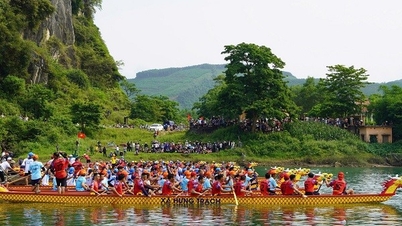



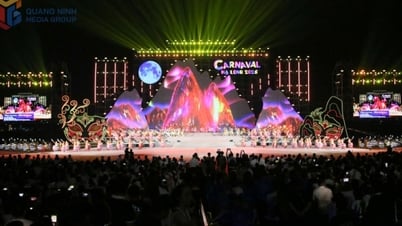

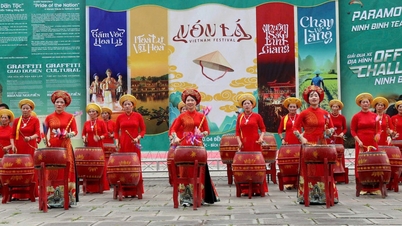



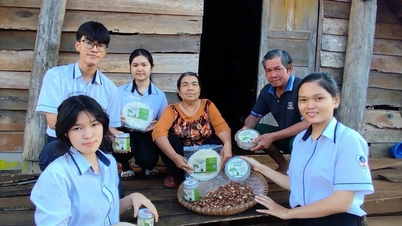


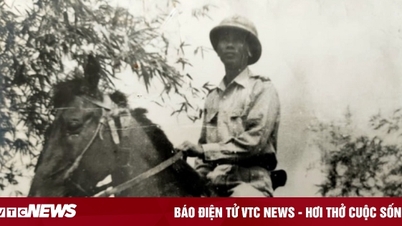

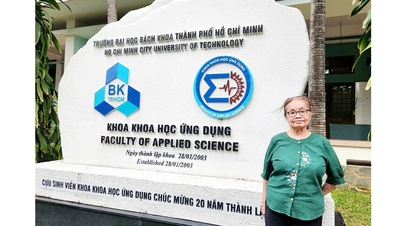









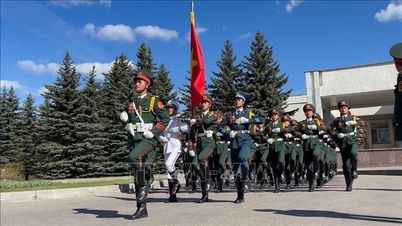

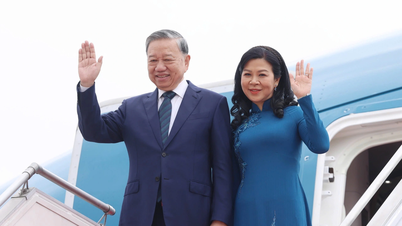

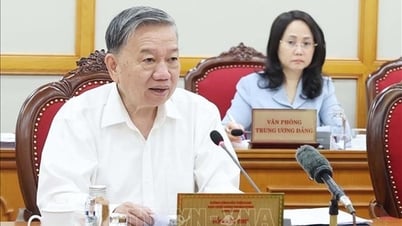

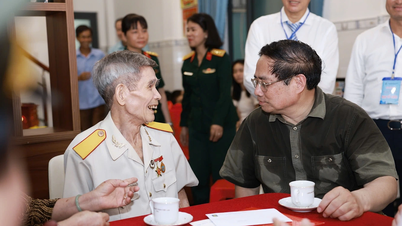












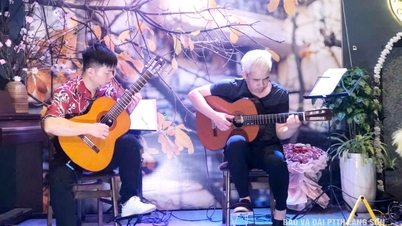

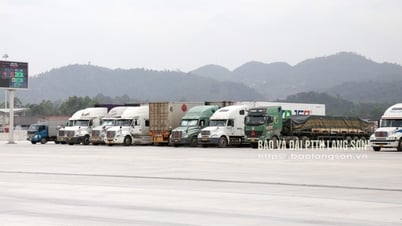
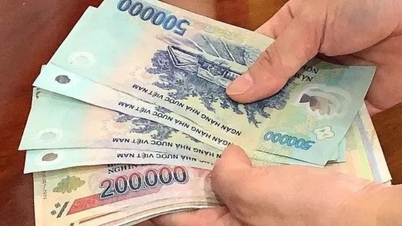



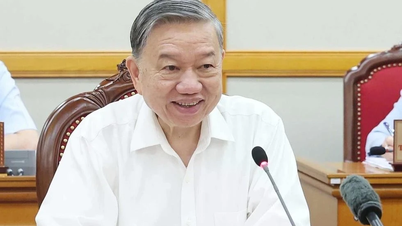
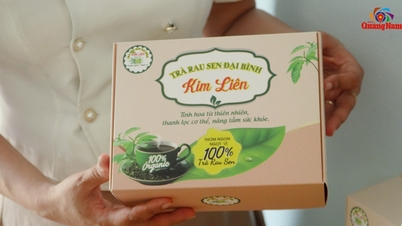







Comment (0)